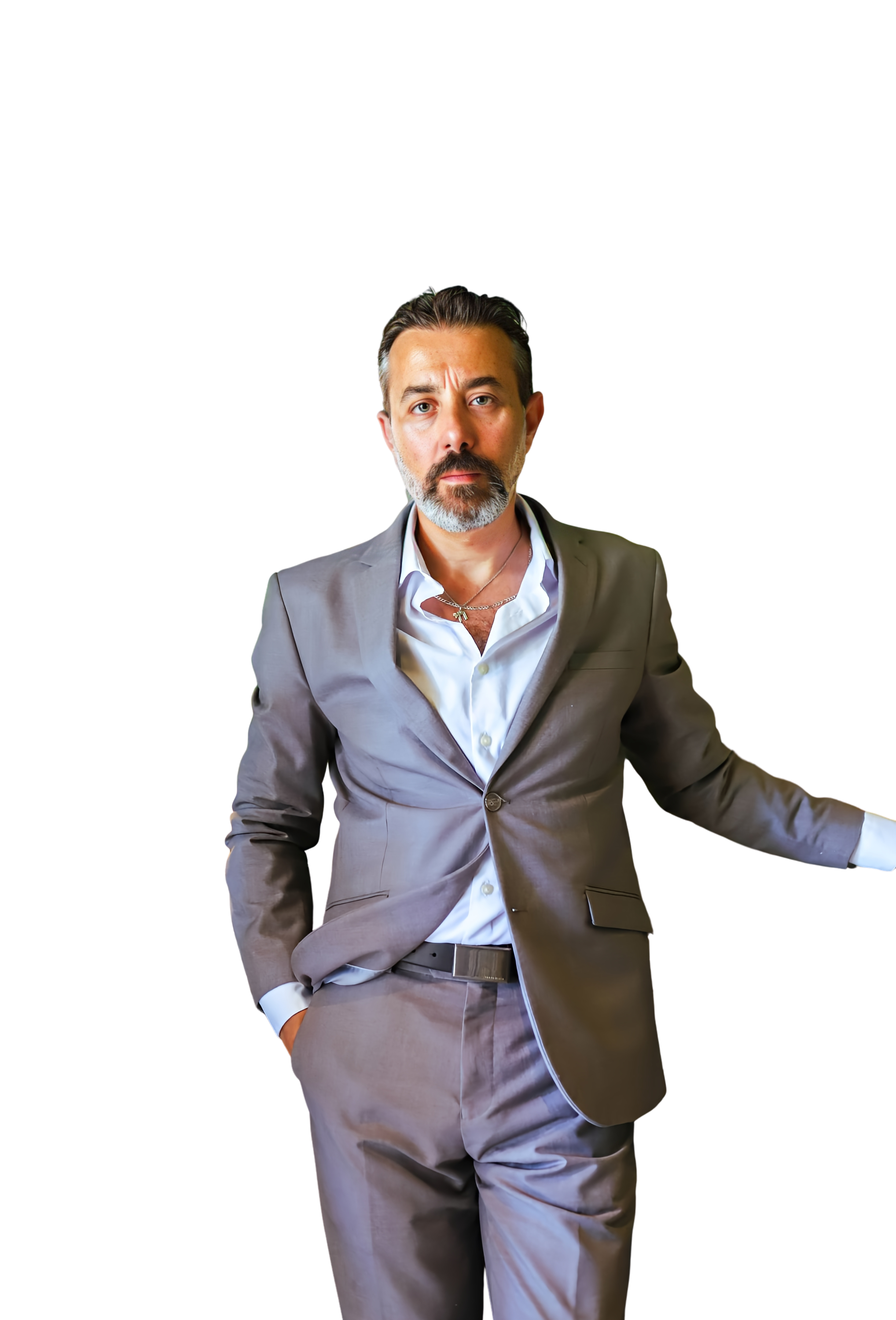How to Make Smarter, Faster Decisions (Without Overthinking)
- Ethan Starke
- Apr 1
- 4 min read
Updated: Jul 31
You’re staring at the options. Weighing the pros and cons. Running scenarios in your head, asking for advice, doubting your instincts. Days pass. Nothing feels quite right. You don’t want to rush—but you also can’t seem to move forward.
This is the trap of overthinking. It feels responsible. It feels smart. But most of the time, it leads to paralysis. The opportunity fades, the excitement dies, and you’re left in the same place you started—only more frustrated.
But the most successful people don’t get stuck here. They move faster, with less certainty and more confidence. Not because they know everything, but because they understand something most people miss:
Good decision-making isn’t about avoiding mistakes. It’s about building momentum.
Let’s look at why overthinking is so seductive—and how to break free from it without sacrificing strategy.

The Illusion of Certainty
Most people delay decisions because they’re waiting for one thing: certainty.
They want to be sure. That it’ll work. That it’s the right choice. That they won’t regret it.
But in the real world—especially in business, relationships, or personal growth—certainty almost never comes. There’s always a risk. There’s always missing data. There’s always a chance it won’t go the way you hope.
The pursuit of certainty becomes the excuse for delay.
And that’s the mistake.
According to Thinking, Fast and Slow by Daniel Kahneman, our brains are wired to avoid ambiguity. We prefer a bad answer over no answer. We prefer the familiar over the uncertain—even if the familiar is broken.
That’s why people stay in jobs they hate, delay launching ideas, or obsess over minor details before making a move. The brain doesn’t want the best outcome—it wants the safest one.
But high-level thinkers understand that uncertainty is part of the game. They don’t eliminate it—they learn how to move through it.
Case Study: Jeff Bezos and the “Two-Speed” Decision Model
Jeff Bezos, founder of Amazon, is known for making bold, often counterintuitive decisions. But what most people don’t realize is that he doesn’t treat every decision the same.
In a shareholder letter, Bezos explained that he separates decisions into two types:
Type 1 Decisions
High-stakes, irreversible, hard to unwind
Require careful deliberation and deep analysis
Example: launching a new division, acquiring a company
Type 2 Decisions
Reversible, lower-stakes, easier to course-correct
Should be made quickly, often with less than full information
Example: tweaking a feature, testing a new ad strategy
The mistake most people make? They treat every decision like it’s Type 1.They overanalyze small, reversible choices as if their entire future depends on them.
Bezos’ insight was simple: Speed matters more than perfection.
By moving quickly on Type 2 decisions, Amazon stayed agile, innovative, and competitive—while still taking their time where it truly counted.
That model works just as well outside of business.
In life, most decisions are reversible:
You can quit a course.
You can change a morning routine.
You can try a new habit, marketing strategy, or relationship boundary and adjust.
The more you categorize decisions properly, the easier it is to act.
The Psychology of Decision Paralysis
We often confuse thinking deeply with thinking effectively. But more information doesn’t always lead to better choices—it often leads to more doubt.
Here’s why:
Loss aversion (also from Kahneman’s work) means we fear loss more than we desire gain. We focus on what could go wrong instead of what could go right.
Confirmation bias makes us search for evidence that supports what we already believe, rather than what’s actually true.
Perfectionism convinces us that we need the "best" option when a good one would do just fine.
These biases make every decision feel heavier than it needs to be. And the longer we delay, the more pressure builds—until even the smallest move feels monumental.
The key is to build habits that counteract these instincts, rather than trying to think your way out of them.
How to Make Decisions Like a Strategist
The goal isn’t to make perfect decisions. It’s to make decisions fast enough to matter, and smart enough to adjust later.
Here’s how:
1. Use the 70% Rule
If you have 70% of the information you’d like, that’s usually enough to act. Waiting for 90–100% means you’re already too late. The moment will pass or the market will move.
This doesn’t mean being reckless. It means moving with confidence while accepting uncertainty.
2. Ask: “Is this reversible?”
Before overthinking, pause and ask:
“If this goes wrong, can I undo or adjust it?”
If yes, act. Fast. Don’t waste strategic brainpower on something that won’t cost much if it fails.
3. Decide the Deadline First
Decisions expand to fill the space you give them. If you say, “I’ll decide when I’m ready,” you’ll never be ready. Instead, say, “I’ll decide by Thursday at noon”—then reverse-engineer the thought process.
This gives your brain a constraint. And constraints create clarity.
4. Make the First Move, Not the Final Move
The first move is just that—a first move. Think like a chess player: no one wins with a single brilliant choice. You win by learning from every move you make.
If you're waiting for the one decision that will guarantee success, you're still thinking like a perfectionist, not a strategist.
Final Thoughts
Overthinking feels safe, but it’s actually a trap. It keeps your life in stasis, your goals out of reach, and your confidence on pause.
The people who move forward don’t always know what they’re doing—but they’re willing to act, learn, and adjust. That’s the true skill. Not knowing everything. But knowing how to move even when you don’t.
So next time you feel yourself spiraling into indecision, ask yourself:
“Is this a decision I need to get perfect—or one I just need to get started?”
Because most of the time, clarity doesn’t come before the decision. It comes because of it.




